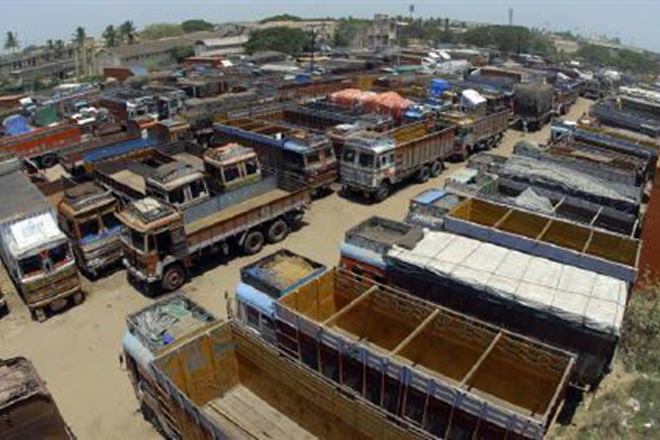Budget 2017: With GST rollout from July 1, some changes in indirect tax likely
The Financial Express
By MS Mani
January 30, 2017 5:41 AM
This year’s budgetary changes on indirect taxes would have been restricted to customs duty only, if the GST implementation was from April 1.

At a broad level, since the rate buckets of GST are now formalised at 5%, 12%, 18% and 28%, an attempt could be made to move closer to these rates. (Reuters)
This year’s budgetary changes on indirect taxes would have been restricted to customs duty only, if the GST implementation was from April 1. However, the announcement by the finance minister that the GST roll out was being deferred to July 1, signifies that we could see some changes on the indirect tax front. This provides a good opportunity to align the existing taxes with GST.
At a broad level, since the rate buckets of GST are now formalised at 5%, 12%, 18% and 28%, an attempt could be made to move closer to these rates. While this measure will face the twin challenges of the GST rates having to subsume the state VAT rates (which are different across states) and the pending GST product classification exercise presently underway, it could provide a broad direction as to where GST rates are headed.
Since, the GST model does not have any concept of MRP-based valuation, products would need to undergo significant changes. The government could consider doing away with MRP-based valuation in the budget itself and modify the excise duty rates in order to raise the same amount of revenue as is collected.
Alternatively, the abatement percentages could be made uniform instead of having a long list for each product.
Similarly, several products having an inverted duty structure, leading to accumulation of credits in the hands of the manufacturer, could see a change in the budget. The GST proposes to refund accumulated credits, and hence the government would like to minimise such situations. At present, the pharma industry pays higher rates of duty for several API’s compared to formulations, leading to credit accumulation. The budget could address this situation by lowering the rate of tax on the outputs thereby removing inverted duty structure.
For the past two years, the government, has been active in imposing anti-dumping duty. Since anti-dumping duty is a specific measure for each product requiring an investigation, evidence of injury to domestic industry, etc, it may consider increasing the customs duty rates for selected products. This may also enable promotion of the Make in India theme and protect and encourage investments in manufacturing. For instance, in the case of engineering plastics such as ABS and SAN, there could be a case for increasing the basic customs duty from 7.5% to 10%, due to abundance of local manufacturing.
It is, therefore, clear that while this could be the last budget having changes in excise and service tax, there is a good opportunity for the government to align the provisions of these taxes with the upcoming GST in order to minimise the transition pains for businesses.
The author is senior director, Deloitte Haskins & Sells LLP. Views are personal